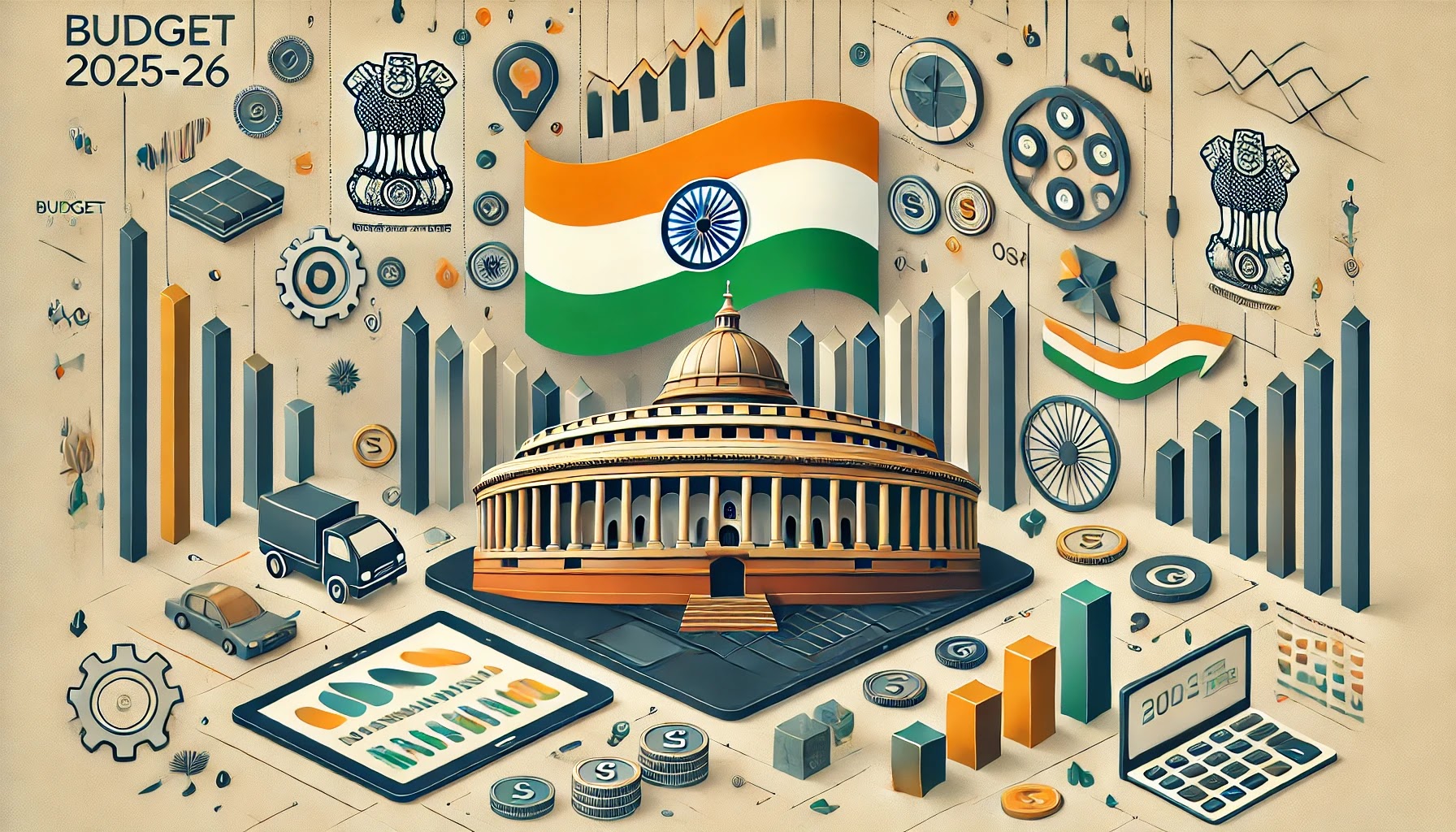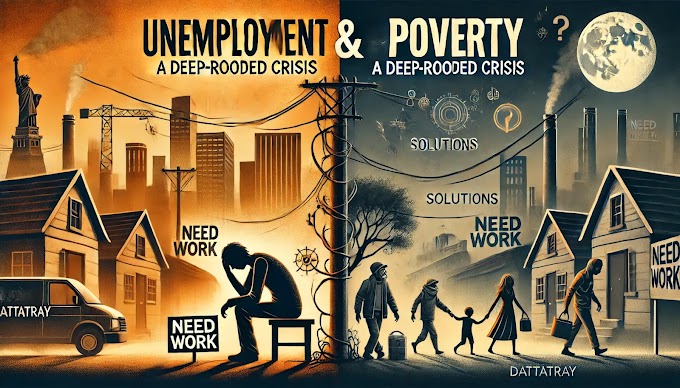The Ebb and Flow of Economics: Understanding the Demand for Money
Introduction:
In the intricate dance of economic forces, the demand for money plays a central role. This article aims to unravel the complexities surrounding this fundamental concept, exploring the factors that influence individuals, businesses, and economies in their quest for liquidity.
1. Defining the Demand for Money:
The demand for money refers to the desire of individuals and businesses to hold liquid assets in the form of cash or other easily accessible financial instruments. This demand arises from the need for transactions, precautionary motives, and speculative purposes.
2. Transactionary Demand: The Fuel for Daily Operations:
The most straightforward component of the demand for money is the transactionary demand. Individuals and businesses require money to facilitate daily transactions, covering expenses such as groceries, bills, and other routine payments. The level of economic activity and the frequency of transactions influence this demand.
3. Precautionary Demand: A Cushion Against Uncertainty:
Economic agents also hold money as a precautionary measure. The precautionary demand for money arises from the need to have a financial cushion for unforeseen expenses or emergencies. The level of uncertainty in income, employment, and economic conditions impacts this aspect of the demand for money.
4. Speculative Demand: Anticipating Opportunities:
The speculative demand for money is linked to the expectation of future financial opportunities. Individuals may prefer holding money rather than other assets if they anticipate a potential decline in the value of alternative investments. Interest rates, investment expectations, and economic outlook play a crucial role in shaping speculative demand.
5. Interest Rates and the Opportunity Cost of Holding Money:
One of the primary determinants of the demand for money is the prevailing interest rate. When interest rates are high, the opportunity cost of holding non-interest-bearing money increases. Conversely, lower interest rates may reduce the opportunity cost, leading to a higher demand for money.
6. Inflation and the Erosion of Purchasing Power:
Inflation acts as a silent force shaping the demand for money. As prices rise, the purchasing power of money decreases. Individuals may adjust their demand for money to account for the impact of inflation on the real value of their holdings.
7. Technological Advances and the Evolution of Payment Systems:
The advent of digital payment systems and technological innovations has influenced the demand for money. Electronic transactions, online banking, and cryptocurrencies have introduced new dynamics, altering the traditional patterns of transactionary demand.
8. Global Economic Conditions and Exchange Rates:
In a globalized world, the demand for money is also influenced by international economic conditions and exchange rates. Economic uncertainties, geopolitical events, and currency exchange rate fluctuations can impact individuals' and businesses' preferences for holding money in different currencies.
Conclusion:
The demand for money weaves a complex narrative within the broader tapestry of economic activities. From the everyday transactions that grease the wheels of commerce to the strategic considerations of investors navigating financial markets, the factors influencing the demand for money are multifaceted. As economic landscapes evolve and technological advancements reshape financial ecosystems, the dynamics of the demand for money continue to be a subject of study and adaptation. Understanding these dynamics is crucial for policymakers, economists, and individuals alike as they navigate the ebb and flow of economic currents.








.png)
.png)


.png)

0 Comments